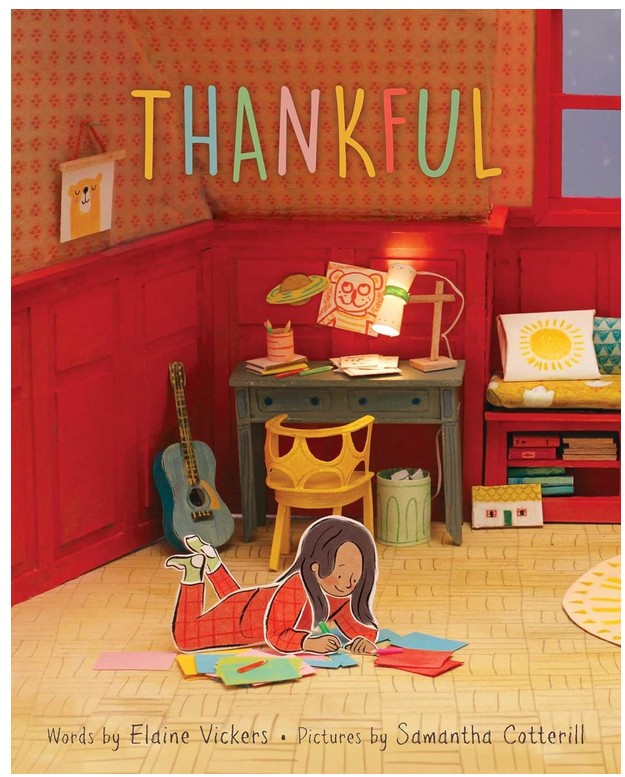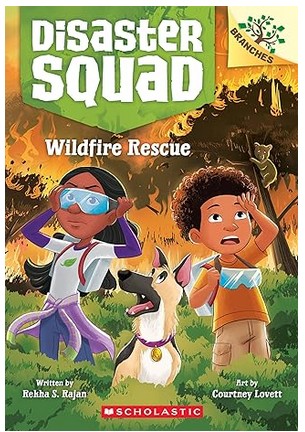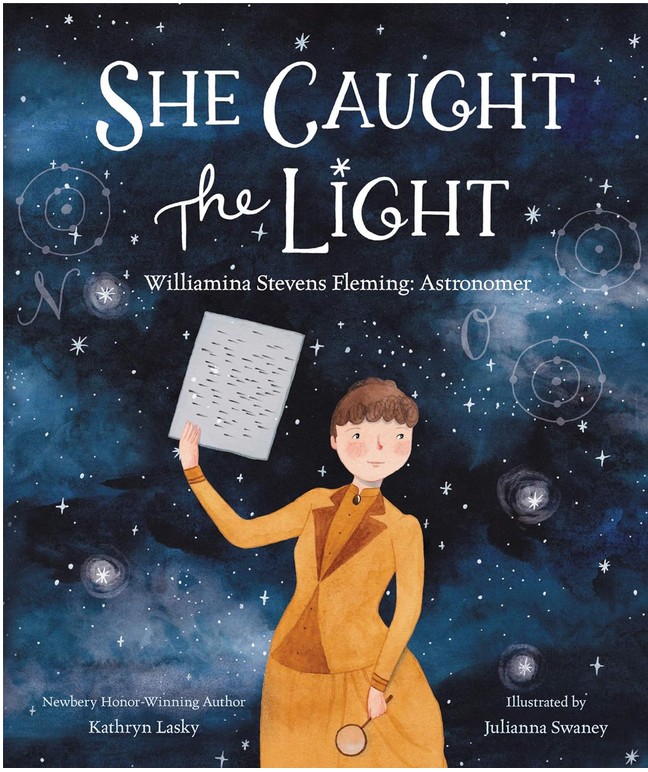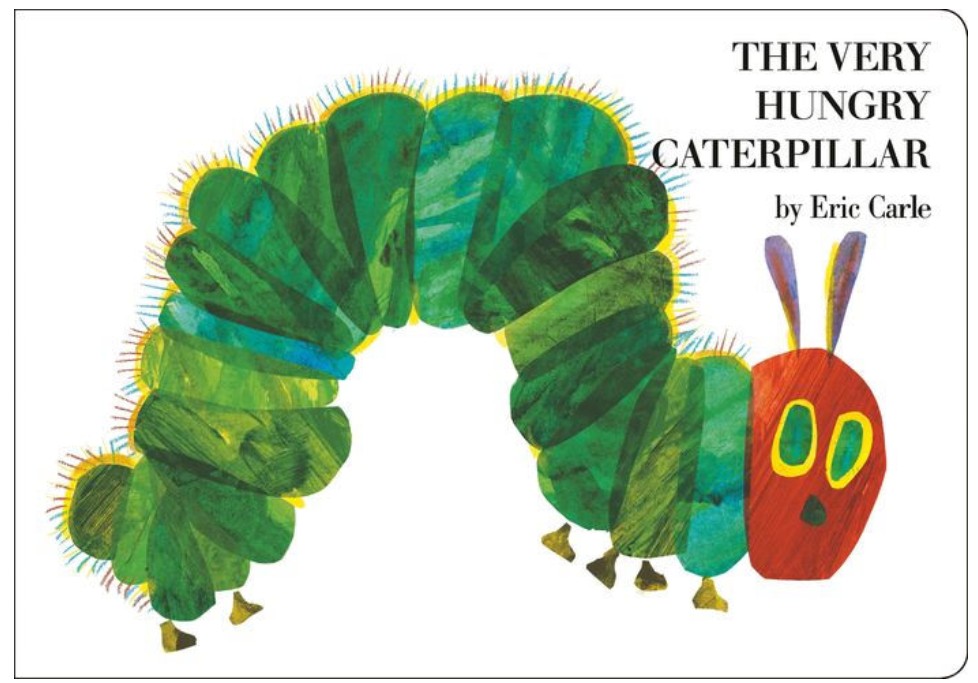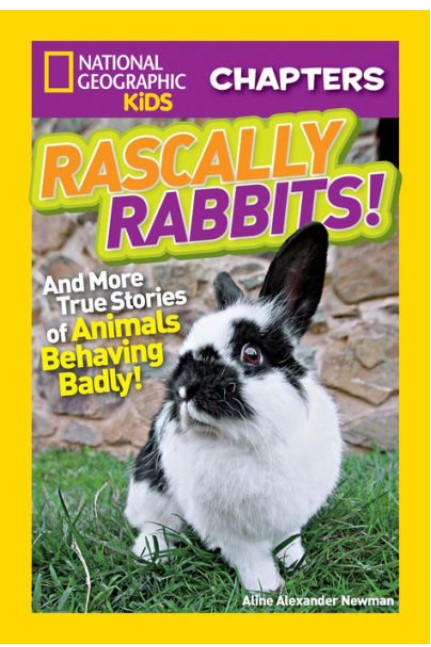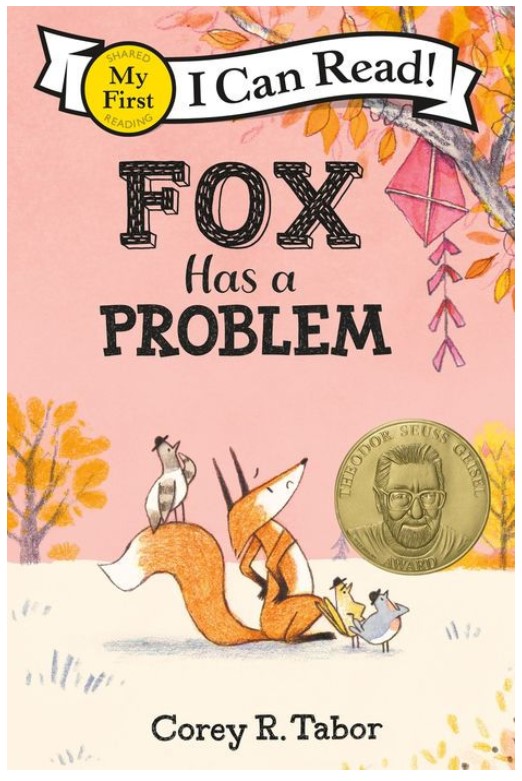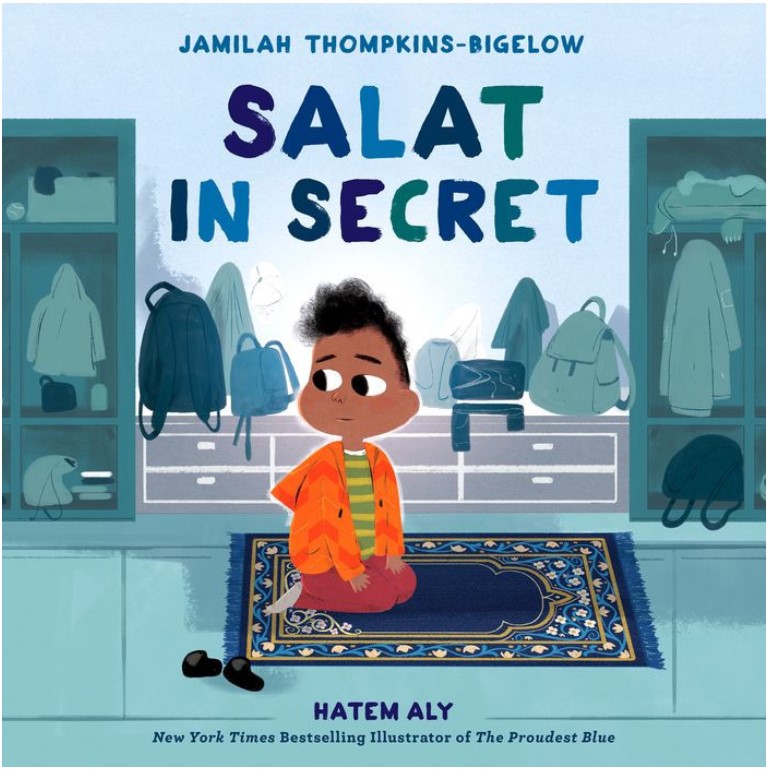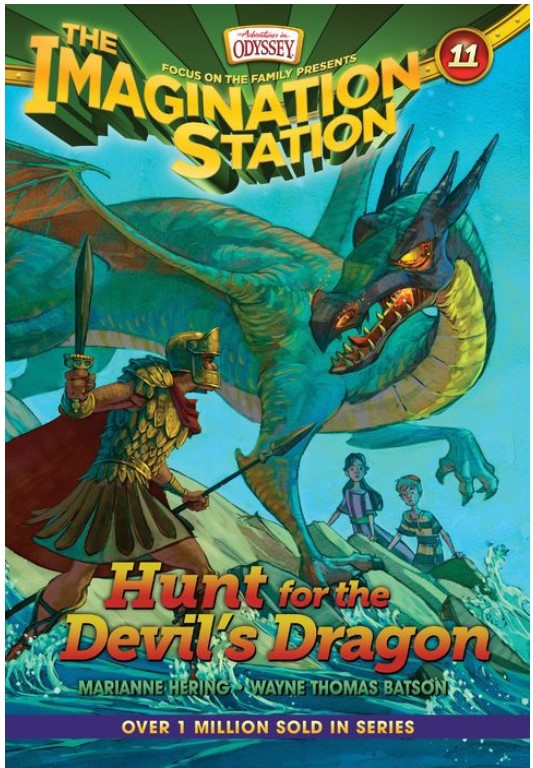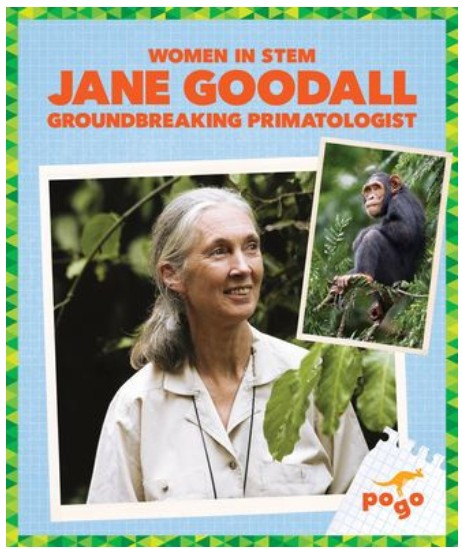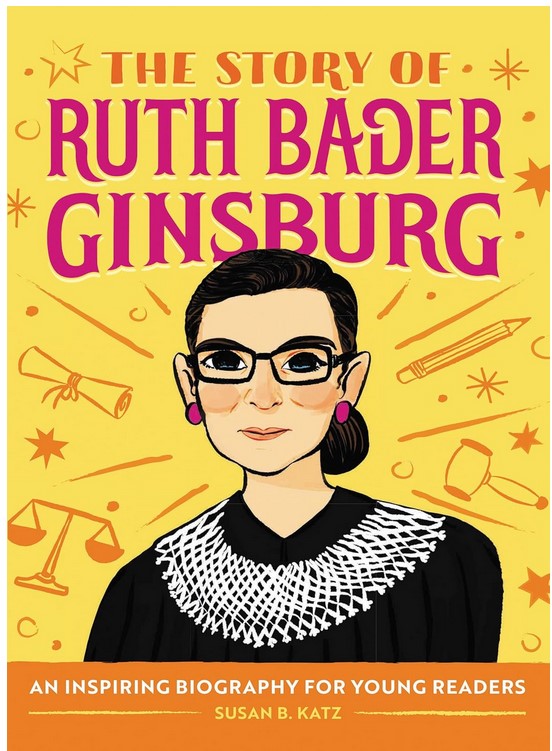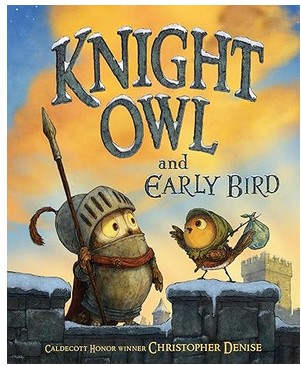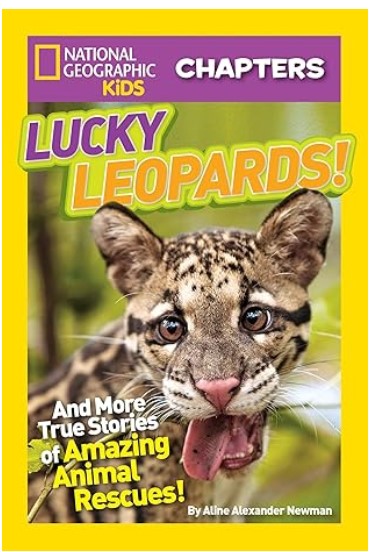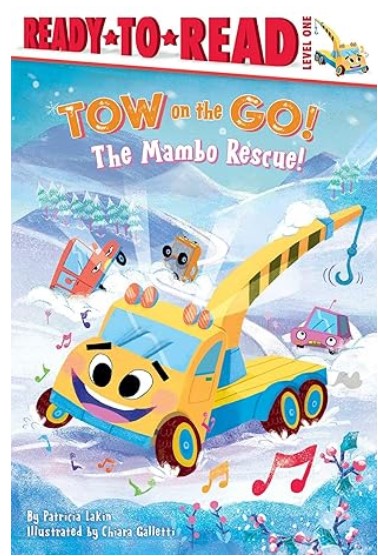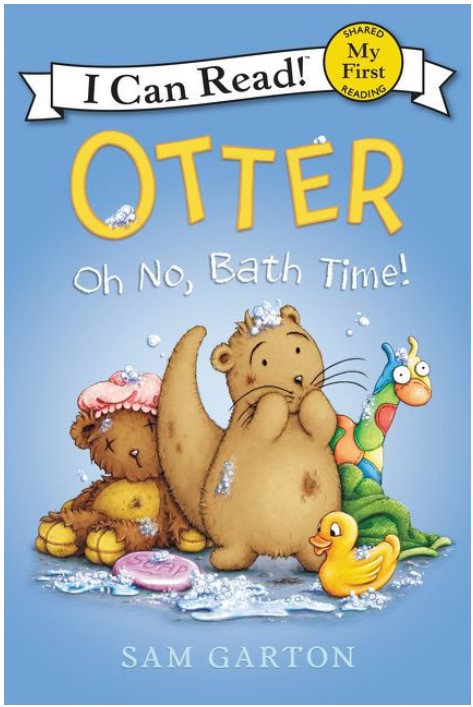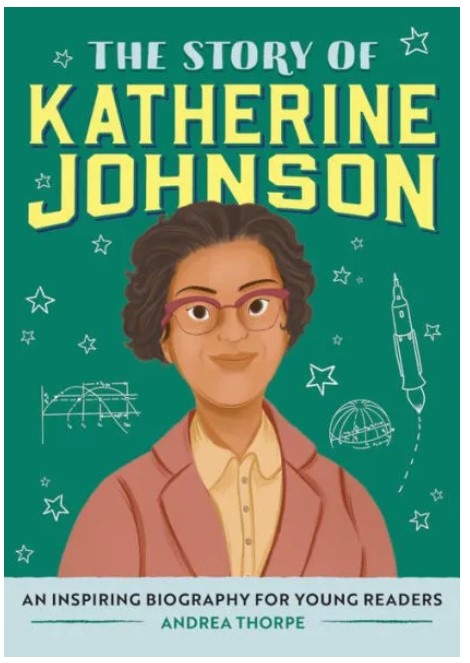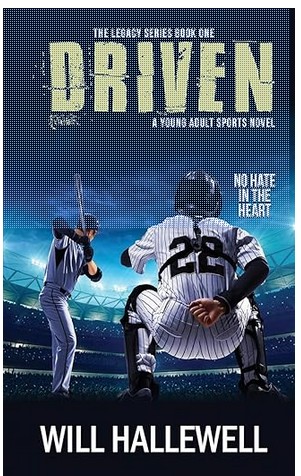“Opee: The Motocross Biker Pup”: Mike was surprised when his dog Opee jumped on his motorcycle. At first, Mike tied Opee to him so he wouldn’t fall off the motorcycle, but Opee did everything right. He crouched closer to the bike and when the road curved Opee leaned into the turns. After a lot of practice, Mike and Opee signed up for the Baja 500 race that takes place in the desert. Would Mike and Opee be able to finish the race or would the noise and teeth-rattling ride be too much for the adventurous dog?
“Sidewinder: Groundhog Weather Wonder”: When Bob got home, he found a wicker basket on his doorstep. Inside was an injured groundhog that had been shot in the head. Determined to help the animal, Mike cleaned the animal’s wounds and fed him every three hours. Because of the injury, Sidewinder had difficulties standing up. When she finally learned how to walk, she could only walk in a circle. Someone asked Mike if Sidewinder could participate in Groundhog Day. Mike said yes, but he wondered, would Sidewinder be able to pop out of a hole and predict the weather?
“Tuna: Kitty Rock Star”: Tuna, a white kitten, was born to purr-form. She wasn’t afraid of bright lights, noise or people. Tuna’s person, Samatha, knew Tuna could be a big star in the movies, so she began training Tuna and other animals to do tricks. It wasn’t easy and sometimes the animals didn’t perform well, but Samantha learned how to use humor to keep the audience engaged. Soon, Tuna, a chicken, and other animals had their own rock band. But will Tuna ever star in a big movie?
“Sidewinder: Groundhog Weather Wonder” is an interesting story that shows the power of determination. In addition, Sidewinder went to Boby’s classroom. “In Bob’s class, all of the kids had special needs. It set them apart. Sometimes they felt left out.” Sidewinder helped the students feel important. “In one way, she and they were alike. She also had disabilities that made it hard for her to learn. Bob explained how Sidewinder kept trying. She never gave up. Her story gave the kids hope.”
Based on the hit feature in National Geographic Kids magazine, National Geographic Chapter Series features three true stories about amazing rescues. Each story is broken into three short chapters. The book is packed with full-color photography, lists, and infographics. Some pages also include orange boxes that contain additional facts about the animals. For example, “Did You Know? When scared, groundhogs give a high whistle. That’s why they’re also called ‘whistle pigs.’”
While reading each story, readers will learn more about animals. One page is about helping your dog when it’s hurt, another page gives a list of amazing things groundhogs can do. The interesting facts, and short sentences make the stories easy to read. Despite this, emerging readers may need help pronouncing difficult words, such as custodian, Candlemas, disappointment. And while the stories are easy to understand, adults will need to read the book to beginning readers.
Animal Superstars isn’t just about the amazing things animals can do, it highlights the power of practice and determination. Each story shows how the animals—Opee, Sidewinder, and Tuna—practiced new skills and surprised everyone. Each story will amaze readers and encourage them to use determination to learn new skills of their own. Readers who want to learn more animal facts should race to the library and check out the nonfiction book What If You Had Animal Hair!? by Sandra Markle.
Sexual Content
- None
Violence
- While racing, Mike went into the sand, and “the back end of the bike spun out. It crashed to the ground. Both Mike and Opee flew through the air. Mike landed on his face in the dirt with his arms straight out in front of him. . .” Mike checked out Opee and found “a scrape on his nose another on his paw. . . Only then did he notice the blood. It was running into his boot from a cut on his calf.”
- When Bob was ten, he found an injured groundhog. “Someone had shot it. . . Bob taped bandages over the groundhog’s wound.” The groundhog recovered and was released into the wild.
- When he was older, someone left an injured groundhog on Bob’s doorstep. It had been shot in the head. A vet said, “The damage she had suffered had jumbled the signals in her brain. The plucky little groundhog could only walk in circles.”
- While in a public place, a big dog came close to Tuna, and “before Samantha could stop her, the cat leaped onto the dog’s back. EEEYOW! She dug in her claws. . . Fur flew as Samantha stood then in shock. Then, as suddenly as everything started, it stopped.”
- When someone becomes homeless, they may not be able to care for their cats. When the cats go to the animal shelter, “many cats are put to death.”
Drugs and Alcohol
- Mike helped many different animals by giving them medicine.
Language
- None
Supernatural
- None
Spiritual Content
- While training Tuna, “Samantha prayed that their big break would come soon.”



